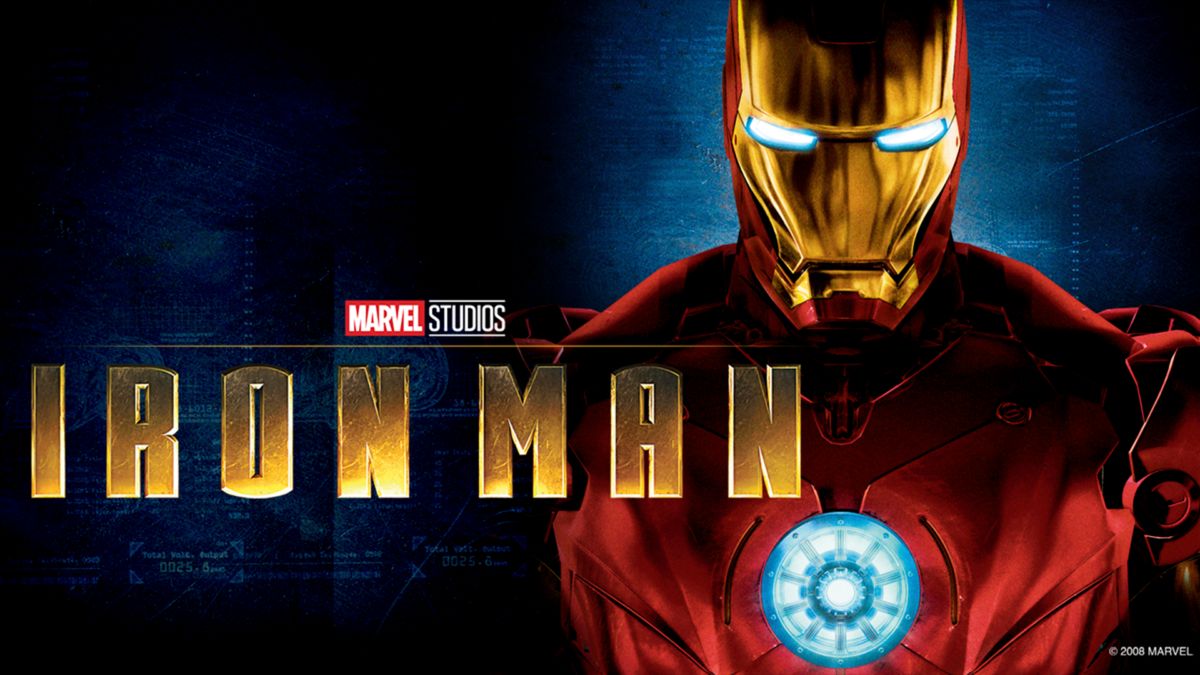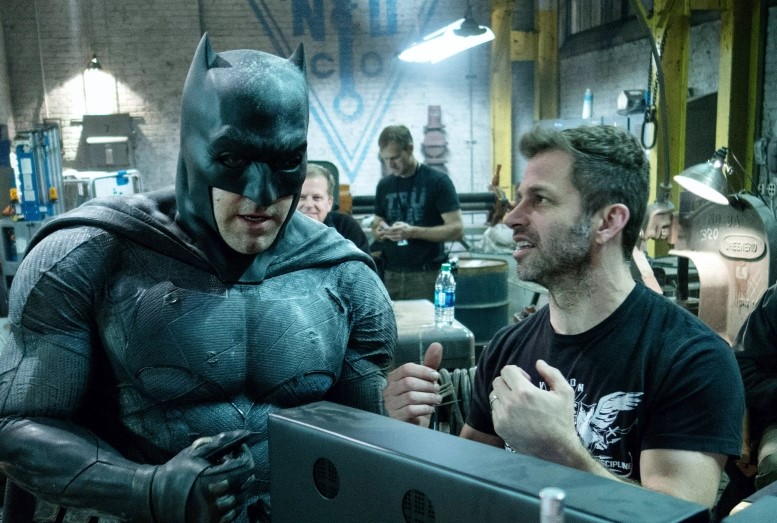What makes a great Cinematic Universe? FandomWire sets out to answer that very question with this in-depth video. Join us as we take a look at the successes and failures of the complicated and tricky world of shared universes and break down what went wrong with so many.
Check out the video below:
???? Subscribe & hit the Notification Bell so you never miss a video!
If you saw Avengers: Endgame in the cinema, then you know how huge of a reaction this scene got. More than twenty movies spanning over a decade had led to this very moment. It was the payoff moment for years of intricate world-building that would bring together dozens of heroes and villains into a single joint cinematic universe. The MCU is the gold standard of cinematic universes. And while it’s not the first series to connect and intertwine characters and stories from different movies into a single flowing narrative, it’s certainly the most successful. Five out of the ten highest-grossing films of all time are from the MCU. That’s astounding! Think about that. HALF of the ten highest-grossing films come from the same series.
Since the MCU has become the cinematic juggernaut that it now is, many other studios have tried to replicate that success, and to date, they’ve all fallen short. But why is that? What is it that Marvel and Disney have done so right, that everybody else keeps doing… wrong? Well, first and foremost, they put their characters and their stories ahead of the expansive world-building. In 2008 we got Iron Man. Played to perfection by Robert Downing Jr in what has now become, and likely always will be his most iconic role. It’s one of the best superhero origins we’ve ever seen put to film. This is really a movie about Tony Stark more than it is Iron Man. It’s about his redemption and his struggles to right the wrongs of his past. Tony faces emotional, psychological, and physical battles that change him as a man. His suit is an extension of his new self. It’s an exterior representation of his inner transformation.
Iron Man was the launching pad for the expansive Avengers universe that would follow, but it prioritized itself as being a fantastic standalone film first. In fact, besides an after-credits scene, there was no mention or eluding to a larger universe throughout the story. That after-credits scene, the first of what would become an MCU tradition, was the perfect way to introduce the idea of an avengers team up to audiences. By allowing it to come after the movie was over after the story had come to an end, it allowed viewers to experience and form an opinion on what they’d just watched without trying to force the promise of something MORE down their throats. That’s the biggest hurdle for most studios. They see dollar signs, they see the buckets of money that the MCU is raking in and they want to race to that same level of success without laying the groundwork. Rome wasn’t built in a day and you can’t put the cart before the horse… or, you can’t put the world-building before the characters.
Take Universal’s “Dark Universe” for example. Perhaps the most misguided beginning to a cinematic universe ever attempted. So poorly executed, that it collapsed in on itself after only a single movie. 2017’s The Mummy. The idea was to create an action, adventure series that would unite Universal’s classic movie monsters, reimagined for a modern audience. This photo… (DARK UNIVERSE CAST ALL TOGETHER, POSING IN ROOM). This photo is the perfect representation of why this universe failed so badly. Russell Crowe, Javier Bardem, Johnny Depp, Sofia Boutella, and Tom Cruise all together, posing alongside one another to promote the upcoming Dark Universe. It’s quite impressive that so many acting powerhouses would be brought together for a single image. It’s much less impressive when you realize the truth… That these actors were posed separately and photoshopped together to create the illusion that they were all in the room together.
Universal’s focus here was clear. To create a cinematic universe, fill it with big named actors, and to make SURE you knew it was happening. Storytelling and character development be damned! We want to build a universe! The only problem was… audiences had no desire to see any more of this (The Mummy 2017). The movie bombed, with critics and audiences unanimously agreeing that it was… awful. And now that photo that was meant to ignite excitement for what was to come, became kind of embarrassing. Javier Bardem, who was meant to play the Wolf Man, and Johnny Depp, who was meant to play the Invisible Man, never even appeared on screen as their characters. Universal would do some course-correcting with 2020’s The Invisible Man. Taking the focus from an entire universe of monsters and creating a single, grounded science-fiction thriller. This is a proper beginning. This is the way to adapt a classic villain and introduce them to a new audience. The film was suspenseful, and well-written, and perhaps most important of all, it was fun to watch.
But of course, superhero films are the most likely to take the route of building a cinematic universe. And that makes sense considering their source material. Comic Books are essentially massive universes, filled with unique characters having their own adventures as well as joint adventures with other characters. We saw the beginnings of another superhero-themed cinematic universe with Zack Snyder’s Man of Steel. That film was immediately followed up with Batman v Superman: Dawn of Justice and then with the Justice League. Henry Cavil’s Superman was the only character from the Justice League movie to have a solo film before the giant team-up was attempted. Aquaman and Wonder Woman would each get solo films later on and a Flash film is currently in production. And Cyborg… well Cyborg will probably never get his own movie.
But to create the type of cinematic experience that Warner Brothers was setting out to do with their DC properties you have to have a plan in place, and ensure that the plan is carried out to a tee. We didn’t see that with the DCEU and as a result, they’ve run into issue after issue after… issue. The current timeline is a jumbled mess. Ben Affleck was Batman, but now he’s not. Henry Cavil was Superman, but now he not? Maybe? (after credit scene from Shazam where Superman’s head is not visible). Suicide Squad was terrible so they rebooted it. Or was it a sequel? Justice League turned out awful so they’re re-did that, too with Zack Snyder’s Justice League. But this new version isn’t actually part of the timeline. It’s a separate entity entirely. Or is it Joss Whedon’s version that isn’t in the timeline? You see, this entire thing is a mess. It’s confusing. And it’s inconsistent. There was no planning, at least not very good planning, before launching. Like jumping into the ocean when you don’t know how to swim and just hoping that you’ll figure it out as you go. But more than likely what will really happen is… you’ll drown. So, why was DC in such a rush to get Justice League into theaters? Why were they so quick to dive into the deep end without a life jacket?
Remember those five MCU films that are among the ten highest-grossing films of all time? Well, four of those are Avengers films. That’s right. Superhero team-ups just like the Justice League. Fans come out in droves to buy tickets when more than one of their favorite characters share the screen. We saw similar rushed plans put into place in Marc Webb’s The Amazing Spider-Man 2. The plans for a sequel that would pit Spider-Man against the Sinister 6, a team of six supervillains who all hate the web-slinging hero, were on full display throughout the movie.
All in all, the number one rule of thumb is this. You… Can’t… Rush… a Cinematic Universe. Iron Man came out in 2008 and the first Avengers film came out in 2012. But in the time between, we got The Incredible Hulk, Thor, Captain America: The First Avenger, and even Iron Man 2. We got to meet and understand each of the main players in the Avengers before their team-up ever happened. We knew their backgrounds. Their motivations. Their strengths and weaknesses. We cared about them. And that really says something. We cared for these characters. And that is why audiences cheered when Captain America said his iconic line and ordered the Avengers to Assemble. The epic, climactic showdown against Thanos had been built up for years! Through after-credit scenes, small nods, and mentions the MCU built Thanos up to be the biggest threat that the Avengers had ever faced. So when we finally got there. When we finally saw this (Avengers fighting Thanos) It meant something. It meant a lot actually. And when Iron Man sacrificed himself and saved the universe… We felt something.
I get it. Studios are businesses. Big businesses. And their goal is to make money. But when that’s their ONLY goal, well, it shows. And it’s funny because we keep seeing it time after time. The MCU’s way of doing things has worked. They’ve made BILLIONS of dollars. And the studios who try to rush their cinematic universes, the ones who put the cart before the horse, are failing to get those box office results or develop those large following of fans.
So, there you have it guys. That’s my thoughts on what it takes to make a great cinematic universe and why the MCU has done such a great job. Let me know what you think in the comments. I’d love to discuss it with you. Don’t forget to like and subscribe if you haven’t already and I’ll see you in the next video.
Follow us for more entertainment coverage on Facebook, Twitter, Instagram, and YouTube.




